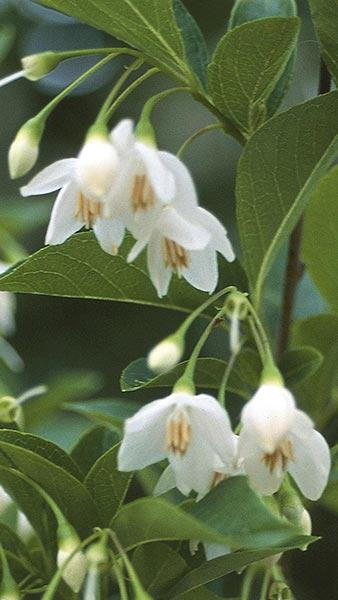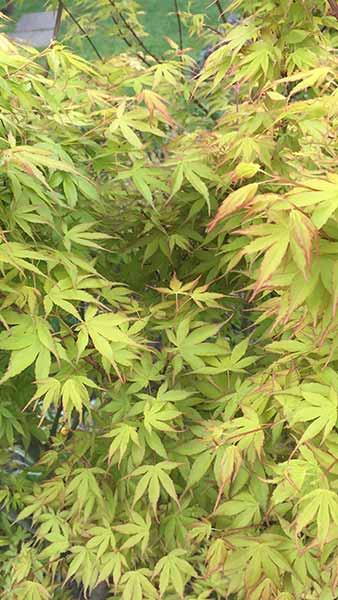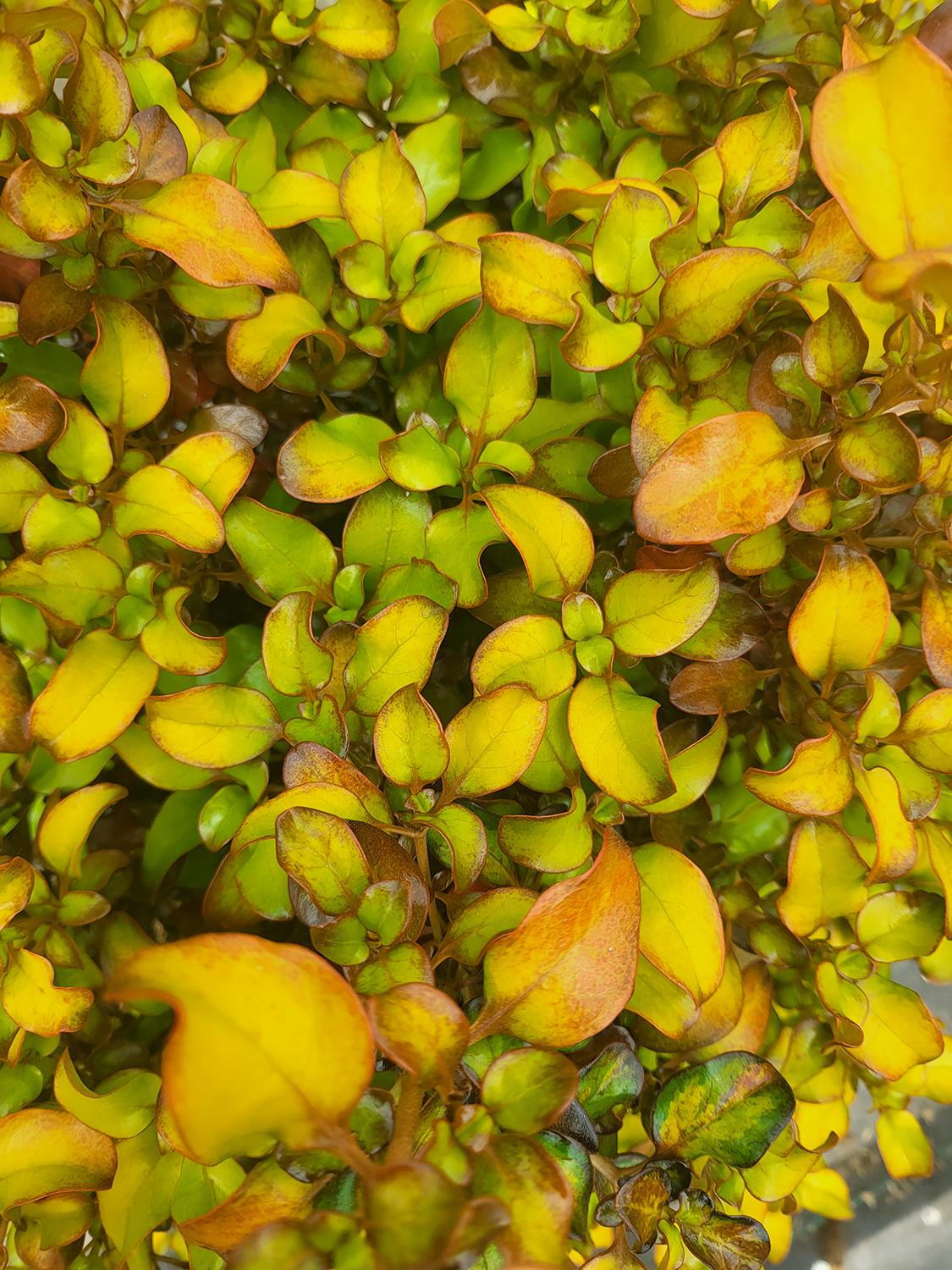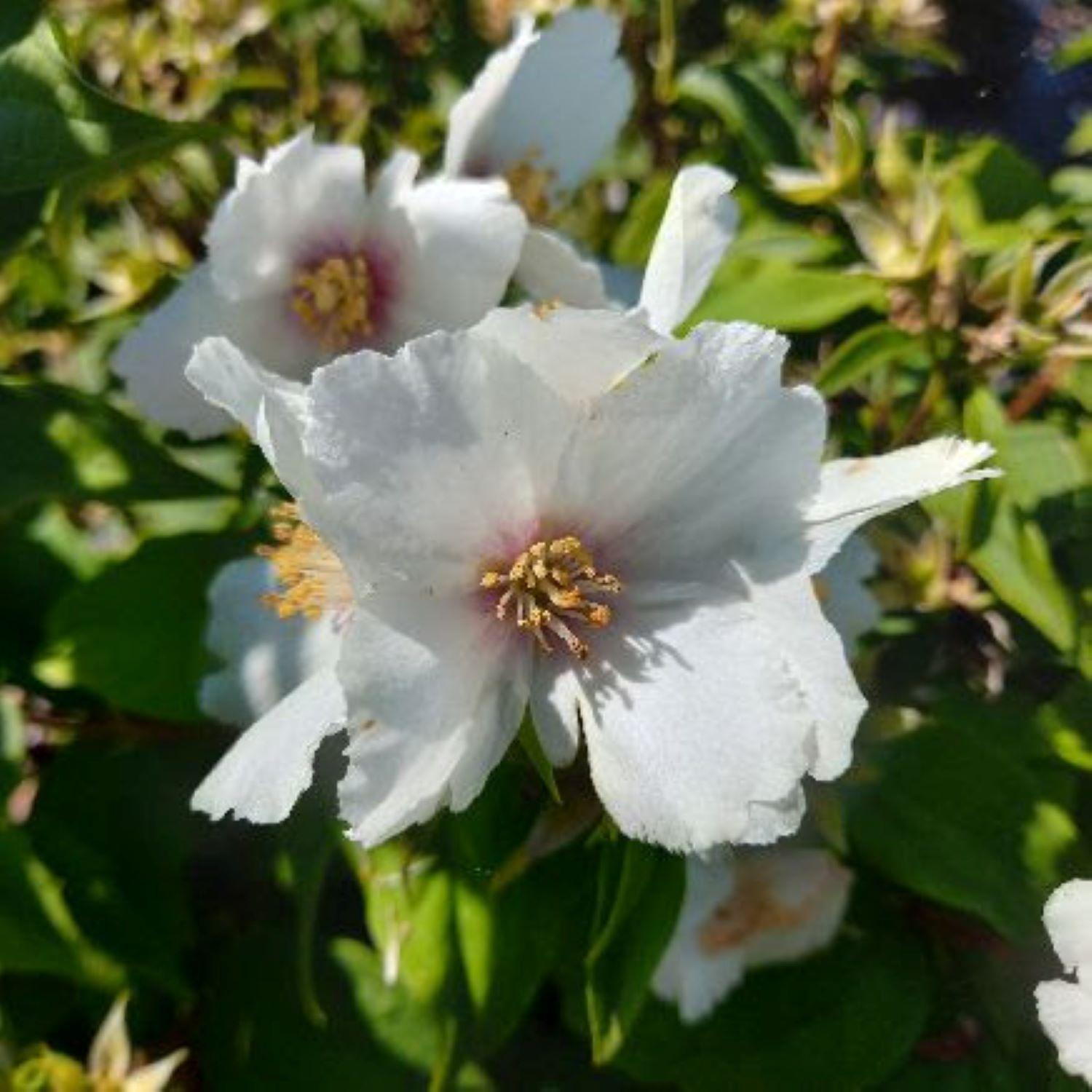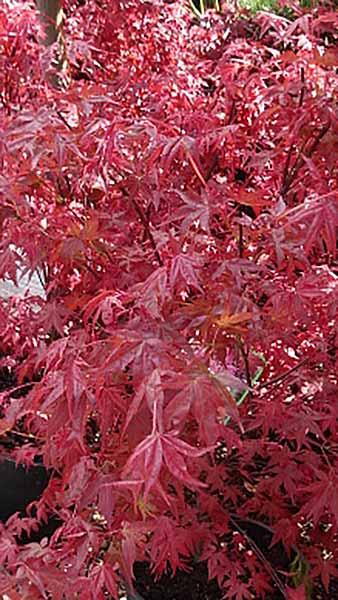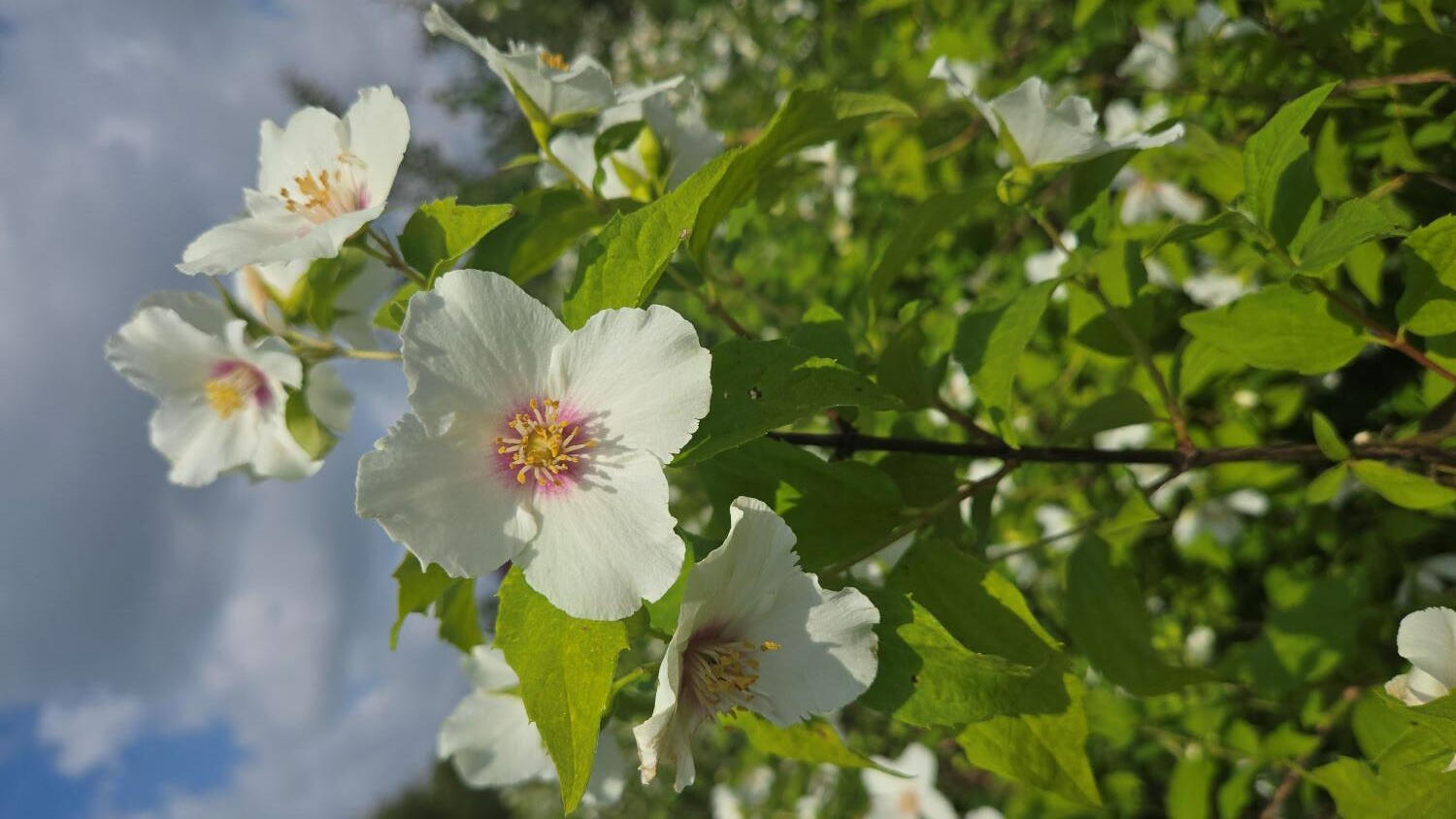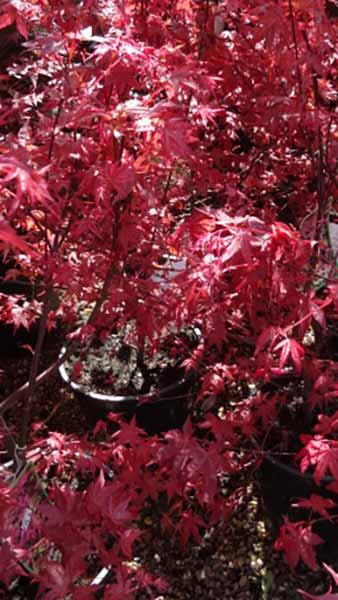Coprosma Repens Pina Colada. Looking Glass Plant Buy Online
Evergreen Coprosma Repens Pina Colada (Looking Glass Plant) is a glossy yellow-green shrub with orange-red tints in winter. It’s a superb container plant for patios, decks, and balcony gardens, and brings year-round colour to mixed border or foliage gardens.Coprosma Repens is native to New Zealand where it grows in a variety of environments, adapting its growing habit to prostate in coastal areas, but an upright small tree inland. They have bright glossy foliage that’s so polished it’s led to the common name “Looking Glass Plant”.The Pina Colada cultivar retains its hardy parents’ attributes and highly glossy foliage but adds beautiful lime green to golden yellow leaves. In winter, its foliage develops an orange-red tinge to its margins. In spring, small dense compound clusters of pale green flowers emerge on branch tips and mature to small black berries.Looking glass plants are popular for their bright evergreen foliage. Many cultivars exist, but Pina Coloda is one of the most lime-golden green selections.Height and Spread of Coprosma Repens Pina ColadaLooking glass plants generally reach a maximum height and spread of one to 1.5 metres. Pina Colada has a tidy and compact well-branched upright habit.How Hardy is Coprosma Repens Pina ColadaThis is a hardy evergreen capable of surviving UK winters with well-drained roots, but harsh frost can damage its foliage tips. If a harsh frost is forecast, protect this New Zealand native with horticultural fleece or bubble wrap. Its glossy leaves are salt spray and pollution resistant in mild areas.How To Use Coprosma Repens Pina ColadaLooking glass plants make excellent compact container plants and add year-round colour to sunny balconies and patios. Endlessly versatile, they also suit mixed borders or urban courtyard raised beds. Coprosma is a popular species for coastal gardens given its salt spray resistance.Keen gardeners could use Coprosma Repens Pina Colada as a foil for summer flowers or they equally complement a low-maintenance foliage garden.How To Care for Coprosma Repens Pina ColadaLooking glass plants prefer full sun and moist, well-drained soil, but they will manage in heavier soils and partial shade if they have protection from harsh winds and frost.Move container-grown Coprosma Pina Colada to a frost-free sheltered spot in winter to avoid foliage burn. In summer, pot-grown plants require frequent water and weekly fertilizer. Keep your Coprosma Repens Pina Coloda healthy by replacing the top few inches of spent compost in early spring.It isn’t necessary to prune Pina Colada, but a light trim in summer to maintain a neat, rounded shape is beneficial. Apply a thick layer of well-rotted organic mulch to the base in early spring to provide nutrients for the growing season.
